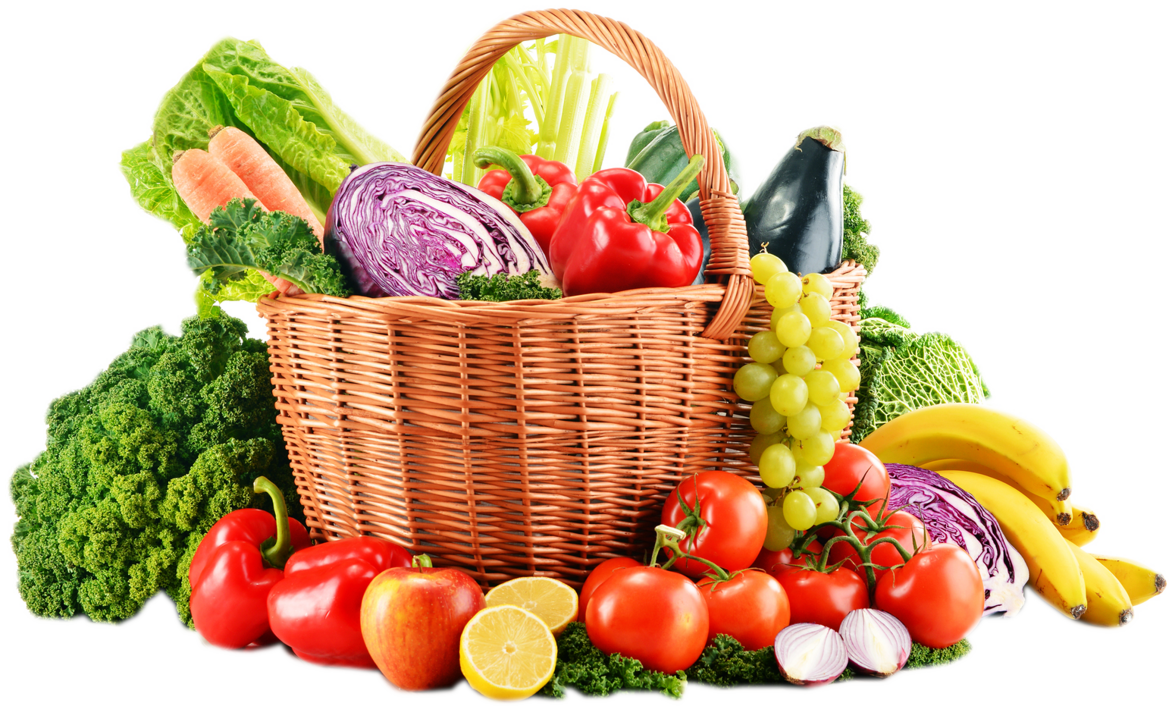
In the U.S. we have a wide variety of foods available in multiple forms: fresh, preserved, frozen, canned, bagged, boxed, bottled, processed, prepared, raw, radiated, dehydrated, and more. It is overwhelming to visitors and immigrants to this country to walk into one of our bigger grocery stores. Our American culture of abundance, ultimate health care options, and global food supply is interesting and can tell a somewhat confusing story when it comes to eating practices.
Fast food restaurants successfully market, resulting in the profit of billions of dollars annually, to the culturally acceptable lifestyles of the overcommitted Americans with barely enough time or money for a nutritious meal. These facilities serve highly processed foods of carbohydrates soaked in saturated fats and enhanced with artificial taste and salt. These meals have nearly no nutritional value, leave the regular consumer in a state of perpetual starvation, promote obesity, and come with the high cost of one’s health.
Processed food ingredients from grocery stores are often much less expensive, less complicated to prepare, and have a longer shelf life than whole fresh foods. Highly processed grains and cereals are refined, bleached, artificially colored and flavored, laden with preservatives, sweetened and then pre-cooked, canned, frozen, or dehydrated and readied for instant serve meals. They are laden with physically, nutritionally, and environmentally concerning chemicals, salts, preservatives, and artificial ingredients that the body cannot readily use and must work hard to eliminate. These foods have meager nutritional value and an abundance of carbohydrates and saturated fats. They are poor substitutes for real food, but they are more available and shelf-stable.
In quality grocery stores, there are fresh meats, fish, and dairy products for unsaturated fats and proteins. The produce department often displays a huge assortment of both seasonal and out of season fruits and vegetables available for carbohydrates and starches. Whole and wild grains are boxed and bagged on store shelves. For those of us with financial resources to purchase and the time to prepare fresh foods for the most nutrient-rich meals. While there is a case for caution with these whole fruits and vegetables about how their shelf life is extended through preservatives and pesticides, they are much healthier than processed foods.
If you can, it is recommended to choose naturally or organically grown whole foods. Whole foods provide physically regenerating elements for the body, help to stabilize hormones and balance emotional fluctuations, promote good sleep, have fewer environmental toxins, and come with the benefit of spiritual enrichment during the preparation.



Comment
There are currently no blog comments.